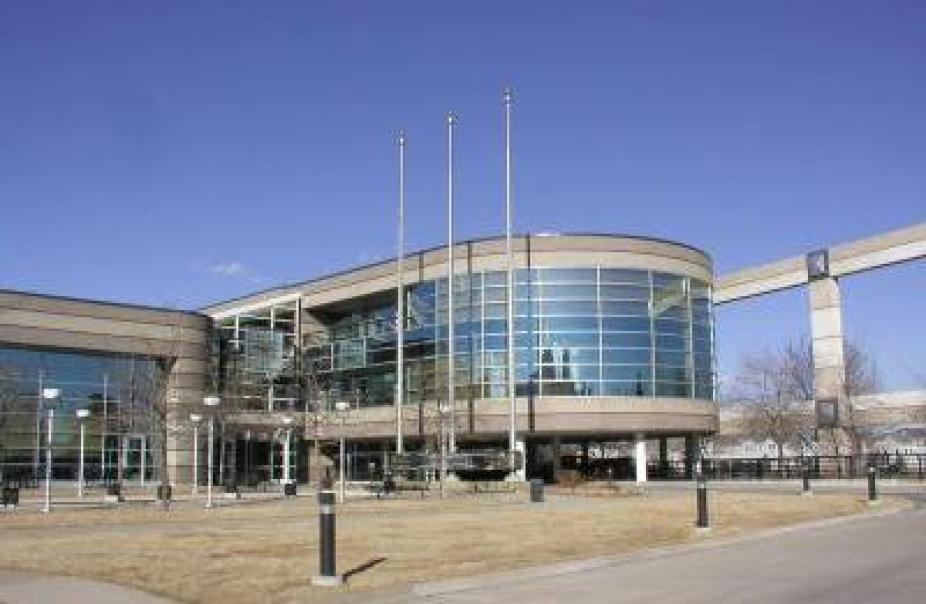HAO Mission and Vision
The High Altitude Observatory (HAO) of the National Center for Atmospheric research (NCAR) is located in Boulder, Colorado, at the foot of the Rocky Mountains. HAO conducts research and provides community support and facilities in the following areas: Geospace Frontiers and Solar Frontiers. See HAO's modeling and instrumentation/observation.

Boulder, Colorado
It is our mission to understand and quantify the impact of Solar variability on Earth’s atmosphere across temporal scales. By fostering the transfer of knowledge and technology we will lead, support, enhance, and extend the capabilities of the university and broader scientific communities nationally and internationally.
It is HAO's intention to perform world-leading science that improves understanding and forecast capability of space weather hazards and their impacts on the Earth, people, and technology. It is HAO's vision to provide scientific leadership, observations, and interpretative capabilities to serve the university and broader community. In doing so we will support the engagement, education, and training of early-career scientists and provide advocacy for solar-terrestrial physics to the rest of NCAR, NSF, the university community, and the general public.
To meet our community service goals we have identified and defined 8 strategic working groups that represent what we feel are important research and educational areas of focus.
- Solar Flux Origins, Emergence, and Eruptions
- Observing and Quantifying Solar Magnetism
- The Bz Challenge
- Geospace Community Modeling
- Data Assimilation Across Disciplines
- Space Climate: Radiation, Particles, & Responses
- Community, Partnerships, & Data Stewardship

HAO in the Center Green 1 building
HAO is determined to gain better understanding of the key physical processes that can both improve and inform next-generation forecasts of space weather, associated hazards, and space climate. It is implied that the implementation plan necessary to make progress with these themes will span the disciplines of solar, heliospheric, magnetospheric, ionospheric, and atmospheric physics. Further, to advance these themes, we must maintain a state-of-the-art observationally focussed program that supports concerted activities in theoretical analysis and numerical simulation.
Topics of interest include the solar interior, lower solar atmosphere, corona and heliosphere, terrestrial and planetary atmosphere, and ionosphere and magnetosphere. Radiative transfer, hydrodynamics, magnetohydrodynamics, radiation hydrodynamics, and plasma physics are pursued for both their fundamental physical interests and their applications in the above areas of research.
 Visit Us On Facebook
Visit Us On Facebook Visit Us On YouTube
Visit Us On YouTube